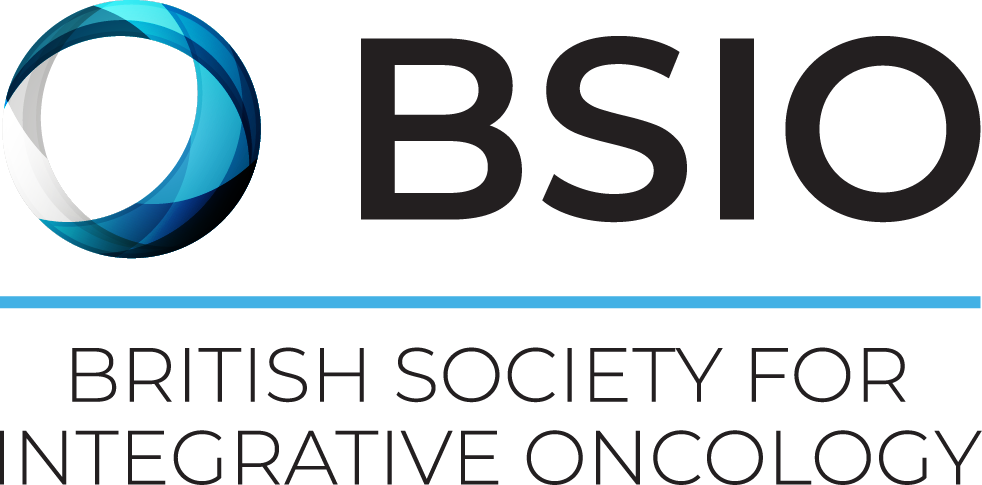Acupuncture and breast cancer treatment-related hot flushes
Beverley de Valois PhD LicAc FBAcC MBLS, Researcher in Integrative Medicine, Supportive Oncology Research Team, East and North Hertfordshire NHS Trust
Hot flushes and night sweats are a problem experienced by many breast cancer survivors and are a clinical challenge to treat. Reported by over 80% of women taking tamoxifen (1), they are also associated with aromatase inhibitors. Causing distress and impacting quality of life, they may last the duration of adjuvant treatment and beyond. This level of discomfort causes many women to take holidays from, or stop taking altogether, their adjuvant hormonal treatments. This has a potential impact on long-term survival (2).
Hormone Replacement Therapy (HRT), the main treatment for symptoms of natural menopause, is contraindicated for breast cancer survivors. Gabapentin, clonidine and anti-depressants (especially venlafaxine) may provide moderate relief but are associated with bothersome side effects. Many women do not wish to use additional medications with their cancer therapies (3). What can be done to offer relief?
Acupuncture, practised for centuries throughout east Asia, uses the superficial insertion of fine needles into the body for therapeutic effect. For over two decades, researchers worldwide have investigated acupuncture to manage hot flushes associated with both natural menopause and the consequences of cancer treatment, with promising results (4). The Supportive Oncology Research Team (SORT) at Mount Vernon Cancer Centre (MVCC) have investigated various acupuncture approaches, including the NADA ear acupuncture protocol (5-7).
The NADA protocol uses five acupuncture needles inserted into the surface of each ear and retained for about 40 minutes (see photo). Delivered in groups, in the UK it can be administered by health professionals who are not acupuncturists, making it suitable for delivery in NHS environments. At MVCC, the Lynda Jackson Macmillan Centre has offered a NADA service for breast cancer-related hot flushes for over 15 years. SORT was interested in evaluating this service to assess how the NADA protocol functions in the ‘real world’, building on the information we have about this treatment.
Data on over 2285 treatments carried out on over 300 women shows that this approach was acceptable to women, 92.3% of whom completed the full course of 8 treatments. Median daily hot flush frequency reduced from a baseline of 9.6 (IQR 7.3) to 5.7 (IQR 5.8) at end of treatment (EOT), and 6.3 (IQR 6.5) 18 weeks after EOT. Clinically meaningful reductions were obtained for hot flushes as a problem and menopause associated symptoms including anxiety and sleep problems. Two recorded adverse events were not serious.
This is the first analysis of a long-term acupuncture service for breast cancer-related hot flushes and it compares favourably with outcomes of other published studies. The longevity of this service supports it as a sustainable intervention for all parties involved, including managers, funders, therapists, and breast cancer survivors.
What some women said:
“Treatment changed my whole life. For the first time in 18 months I could sleep at night, and by EOT I was sleeping a whole night.”
“My flushes/sweats were really distressing me as I was having so many. They really don’t bother me so much when they happen and I don’t panic anymore.”
References
Full results are published as per the citation below and the open-access paper can be found at: https://link.springer.com/article/10.1007/s00520-022-06898-7
de Valois B, Young T, Thorpe P, Degun T, Corbishley K. Acupuncture in the real world: evaluating a 15-year NADA auricular acupuncture service for breast cancer survivors experiencing hot flushes and night sweats as a consequence of adjuvant hormonal therapies. Support Care Cancer. 2022 Jun;30(6):5063-5074. doi: 10.1007/s00520-022-06898-7. Epub 2022 Feb 26. PMID: 35247073; PMCID: PMC9046325.
Moon Z, Hunter MS, Moss-Morris R, et al. Factors related to the experience of menopausal symptoms in women prescribed tamoxifen. J. Psychosom. Obstet. Gynaecol. 2017;38(3):226-235.
McCowan C, Thompson AM The importance of nonpharmacogenetic factors in endocrine therapy. Pharmacogenomics 2012;13(6):721-8.
Tran S, Hickey M, Saunders C, et al. Nonpharmacological therapies for the management of menopausal vasomotor symptoms in breast cancer survivors. Support. Care Cancer 2021;29(3):1183-1193.
Befus D, Coeytaux Remy R, Goldstein Karen M, et al. Management of menopause symptoms with acupuncture: an umbrella systematic review and meta-analysis. The Journal of Alternative and Complementary Medicine 2018;24(4 %R 10.1089/acm.2016.0408):314-323.
de Valois B, Young TE, Thorpe P, et al. Improving well-being of prostate cancer survivors using the NADA acupuncture protocol: a clinical outcome study. Med. Acupunct. 2015;27(3 ):194-205.
de Valois B, Young T, Robinson N, et al. Using the NADA protocol to manage menopausal side-effects in women with early breast cancer. Focus on Alternative and Complementary Therapies 2004;9(1):9-10.
de Valois B, Young T, Robinson N, et al. Using traditional acupuncture for breast cancer-related hot flashes and night sweats. J. Altern. Complement. Med. 2010;16(10):1047-57.


